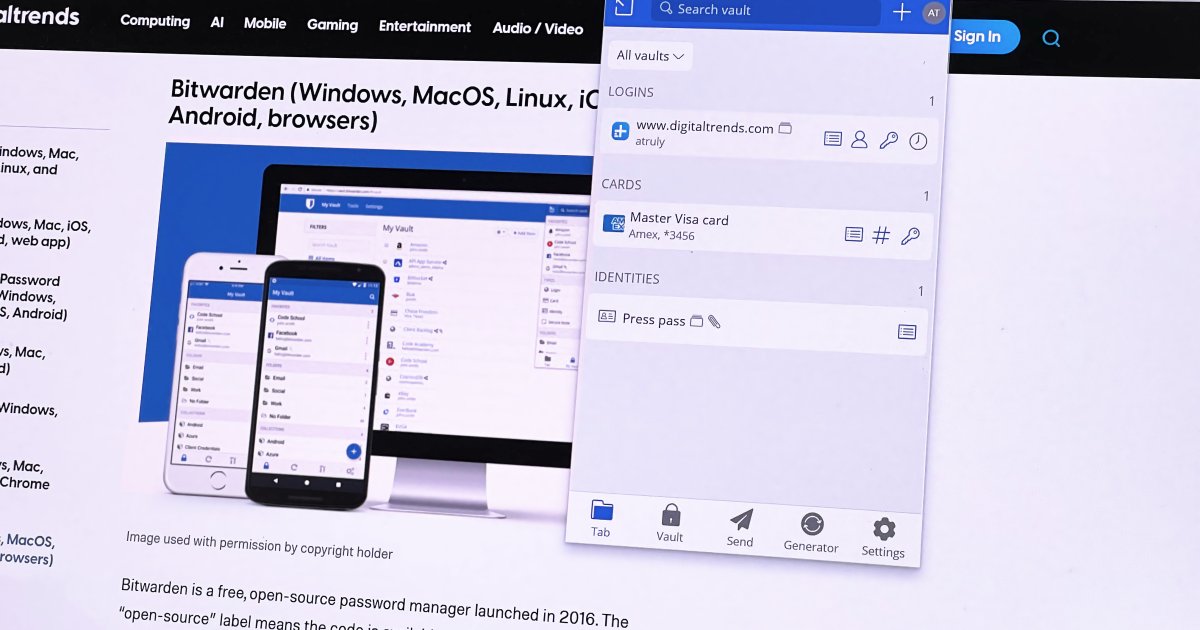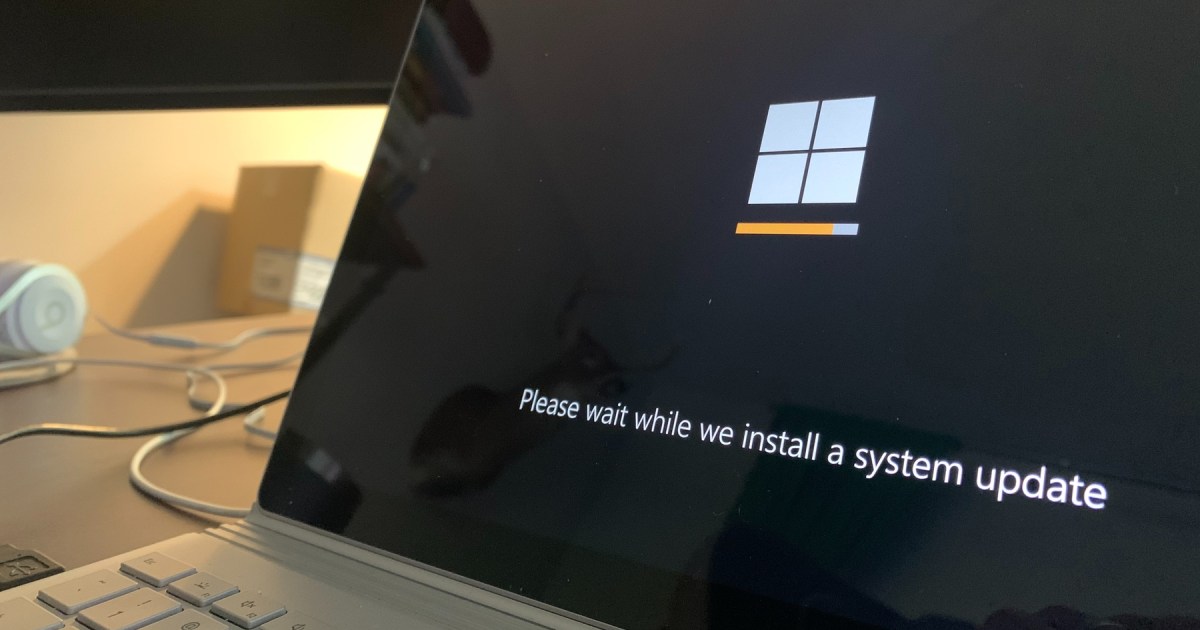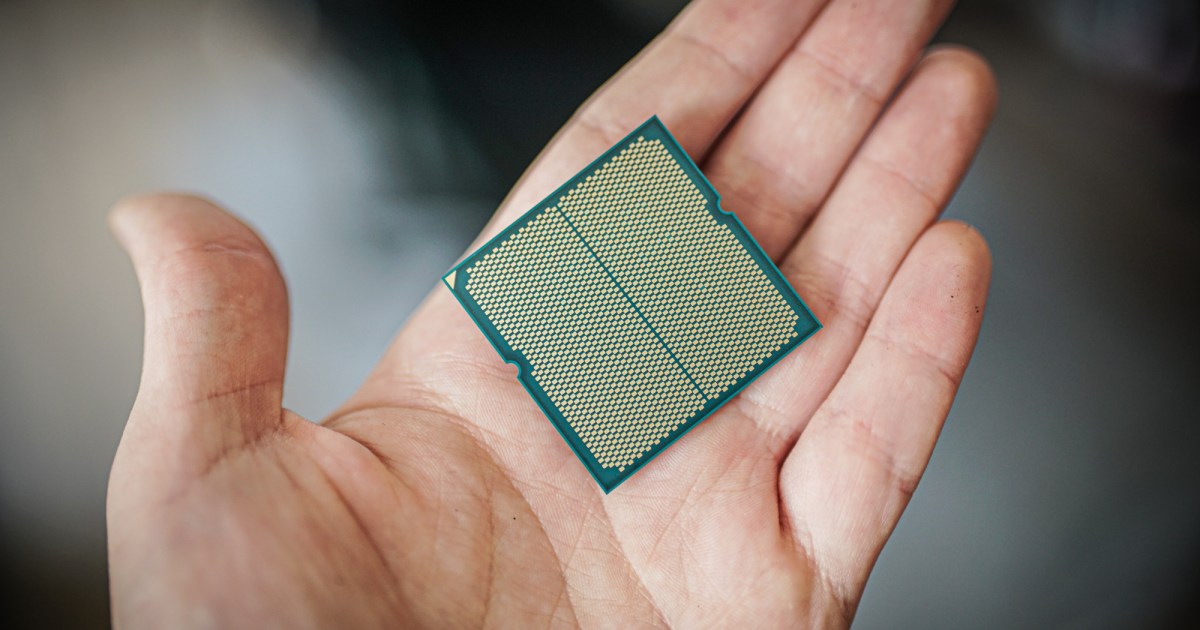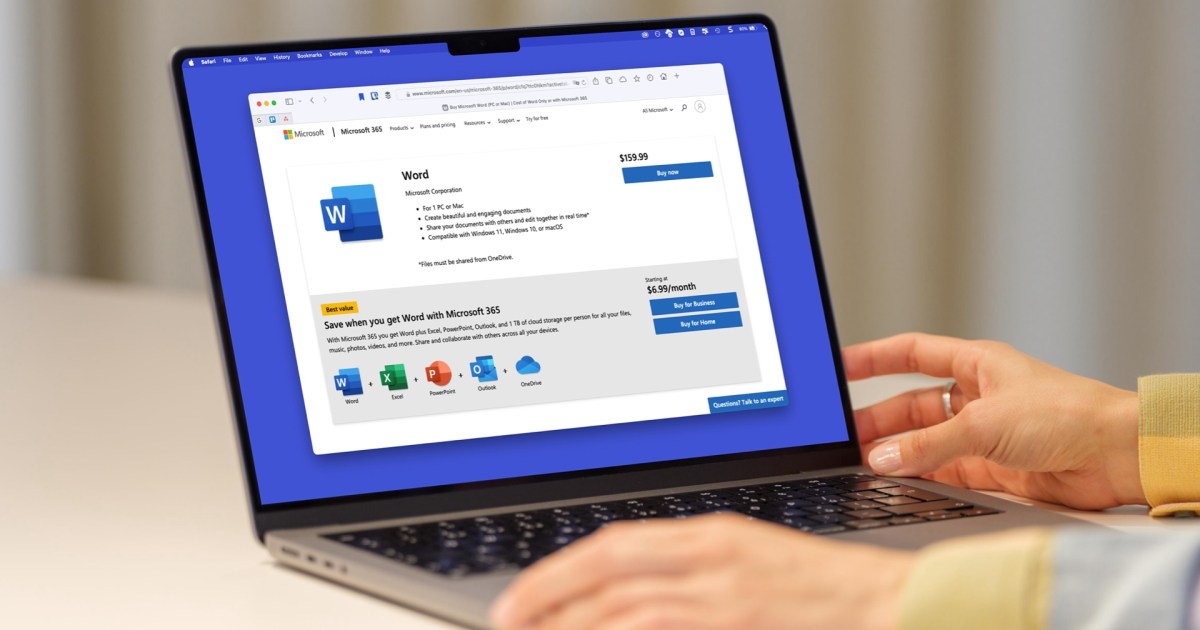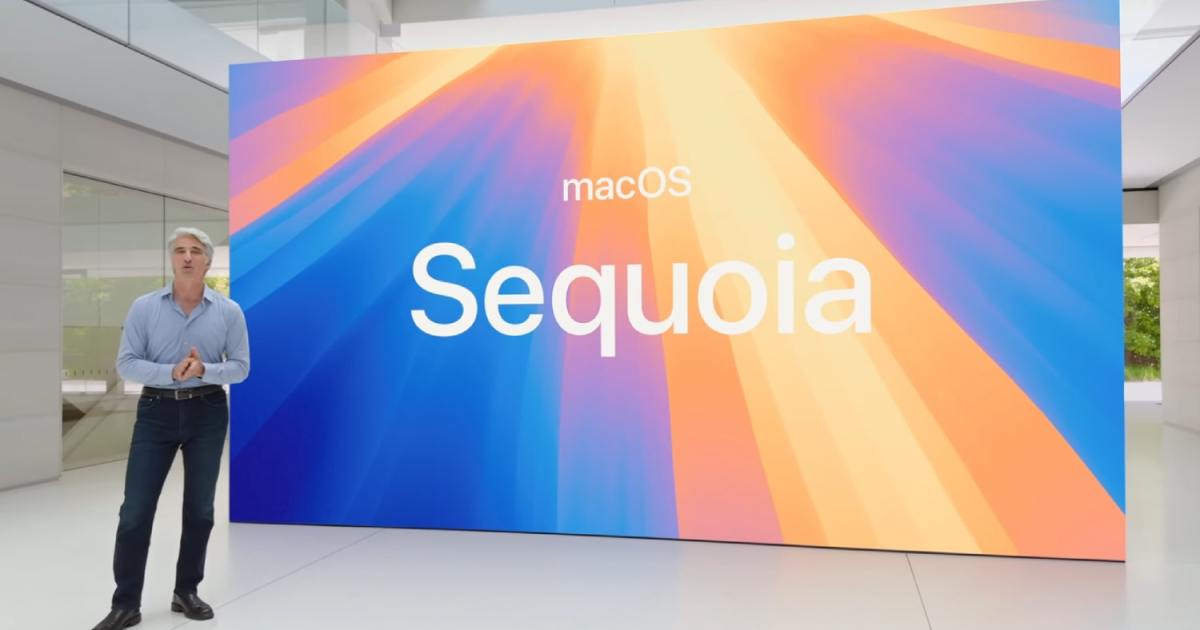NeXTSTEP, the operating system launched by Steve Jobs 35 years ago during his hiatus from Apple, might be a forgotten name today, but its impact on computing is undeniable. From the World Wide Web to the foundation of macOS, NeXTSTEP’s legacy continues to shape the digital landscape we inhabit. This article delves into the innovative features and profound influence of this often-overlooked operating system.
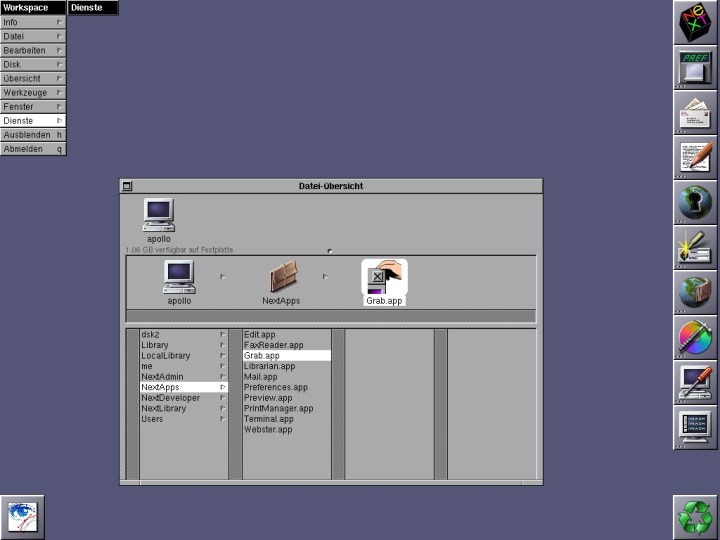 The NeXTSTEP operating system.NeXTSTEP popularized concepts like draggable app windows and full-color icons.
The NeXTSTEP operating system.NeXTSTEP popularized concepts like draggable app windows and full-color icons.
A Wellspring of Innovation
Released on September 18, 1989, NeXTSTEP was the brainchild of Steve Jobs and his company, NeXT Computer, formed after his departure from Apple. Designed for high-end workstations, NeXTSTEP offered a powerful and innovative platform distinct from Apple’s consumer-focused Macs. The operating system introduced a wealth of features that are now ubiquitous in modern computing, including:
- The macOS Dock
- Large, full-color icons
- Drag-and-drop functionality
- Window scrolling and dragging
- Properties dialog boxes
- Familiar keyboard shortcuts (e.g., Command-B for bold, Command-I for italic, Command-W to close a window)
While graphical user interfaces (GUIs) existed before NeXTSTEP, its elegant implementation significantly contributed to their widespread adoption, fundamentally altering the way we interact with computers.
The Birthplace of Digital Revolution
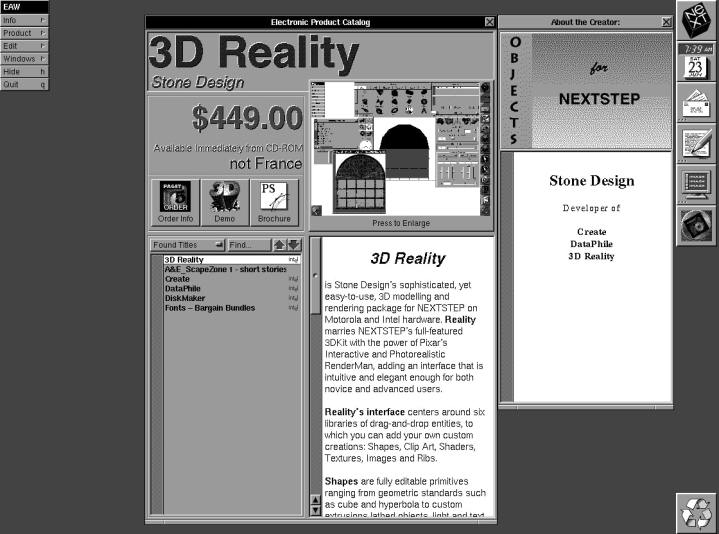 The Electronic AppWrapper (an app store forerunner) running on the NeXTSTEP operating system.The Electronic AppWrapper, a precursor to modern app stores, on NeXTSTEP.
The Electronic AppWrapper (an app store forerunner) running on the NeXTSTEP operating system.The Electronic AppWrapper, a precursor to modern app stores, on NeXTSTEP.
NeXTSTEP also hosted the Electronic AppWrapper, a pioneering concept that foreshadowed today’s app stores. This digital catalog offered a streamlined way to distribute, encrypt, and license software, a significant advancement over the then-prevalent methods of floppy disks and CD-ROMs. Although developed by a third party, the Electronic AppWrapper flourished on NeXTSTEP, showcasing the platform’s forward-thinking nature.
Beyond the app store concept, NeXTSTEP’s power and developer-friendly environment attracted programmers and fostered the creation of groundbreaking applications. One such developer, Tim Berners-Lee, working at CERN, leveraged NeXTSTEP to develop the World Wide Web, the URL system, HTML, and the HTTP protocol.
The Web Takes Shape
 Steve Jobs during his time at NeXT Computer.Steve Jobs at NeXT Computer.
Steve Jobs during his time at NeXT Computer.Steve Jobs at NeXT Computer.
Berners-Lee’s work at CERN, utilizing a NeXTcube computer, resulted in the first web browser, aptly named WorldWideWeb. This browser, though short-lived, introduced innovations like WYSIWYG HTML editing. NeXTSTEP’s capabilities proved instrumental in shaping the nascent internet. Other notable software developed on NeXTSTEP includes the iconic games Doom and Quake, and the precursor to Macromedia FreeHand.
A Lasting Legacy Despite Limited Commercial Success
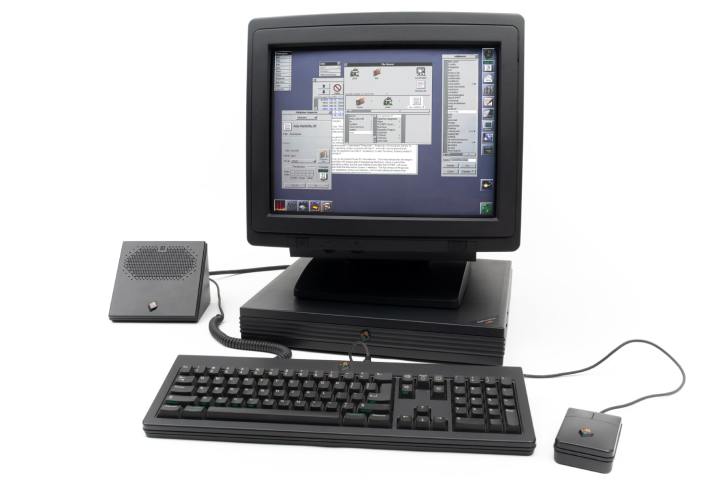 A NeXTstation computer running the NeXTSTEP operating system.A NeXTstation running NeXTSTEP.
A NeXTstation computer running the NeXTSTEP operating system.A NeXTstation running NeXTSTEP.
Despite its innovative features, NeXTSTEP and the NeXT computers themselves achieved limited commercial success. However, NeXTSTEP’s influence far outweighed its market share. Its innovative concepts were quickly adopted by other companies, solidifying its status as a trendsetter.
Apple’s acquisition of NeXT in 1997 for $429 million not only brought Steve Jobs back to the company but also integrated NeXTSTEP into Apple’s software ecosystem. This merger led to the development of Mac OS X, effectively ending NeXTSTEP’s independent existence. Nevertheless, NeXTSTEP’s legacy endures in the features we use daily and the foundational technologies it helped create, shaping the digital world in ways few operating systems have.





